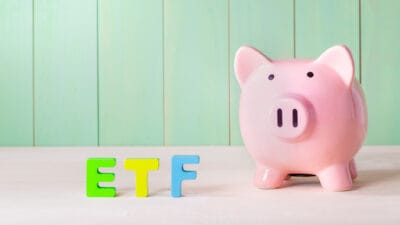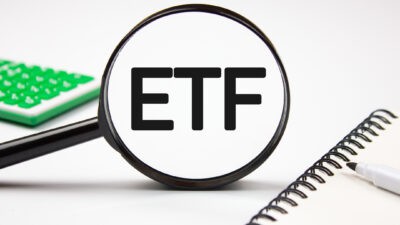Investing in ASX exchange-traded funds (ETFs) is becoming increasingly popular. The investment style is seeing Aussies put billions of extra dollars to work.
For readers that don't know much about ETFs, it's simply a way to buy a fund through a stock exchange like the ASX.
We can get instant diversification because we're buying a portfolio of businesses (or assets) in one go.
ETF structures can be very cheap for providers to operate, so people can get access to the share market for a lower price than what many active managers would charge.
This style of investing is attracting billions of dollars of investment every year.
Significant growth
According to BetaShares, so far this year the ETF industry has received $4.8 billion of net inflows, while Morningstar data suggests that unlisted funds have seen an estimated net outflow of $23.4 billion between January to May this year.
Fixed-income ETFs have received the most inflows this year, with $2.5 billion of net inflows. Meanwhile, Australian shares ETFs and cash ETFs have seen $1.6 billion and $688 million of net inflows this year respectively.
BetaShares also said that since the inception of the ETF industry in November 2001, the industry has seen a compound annual growth rate (CAGR) of 43% per annum.
Interestingly, BetaShares claimed to receive the most net inflows in the half-year to 30 June 2023, with around $1.8 billion. Vanguard received $1.5 billion of net inflows and iShares saw approximately $1.1 billion of net inflows.
Which were the most popular ASX ETFs?
When we look at which ETF has the most net assets, meaning which is the biggest, it's still the Vanguard Australian Shares Index ETF (ASX: VAS), with around $12.3 billion, according to Vanguard.
But, it wasn't even one of the ones that received the most inflows. With $506 million of net inflows, the Betashares Australian High Interest Cash ETF (ASX: AAA) was the leader of inflows.
Next, the iShares Core S&P/ASX 200 ETF (ASX: IOZ) was second for the half-year inflows with $448 million.
Finally, in third place for inflows over the half-year mark, was BetaShares Australia 200 ETF (ASX: A200) with $423 million of net inflows.
Why are ASX ETFs so popular?
Betashares CEO Alex Vynokur said more investors in Australia than ever before were adopting ETFs to improve diversification and reduce costs within their portfolios:
ETFs continue to cement their place in the portfolios of Australian investors, as they provide convenient and cost-effective exposure to a growing range of asset classes and investment strategies. This trend has pushed ETFs to $150 billion and is expected to facilitate continued growth for the industry for the foreseeable future.
Over the past 20 years, ETFs have allowed investors to improve outcomes right across their portfolio, whether it's shifting from higher cost unlisted funds, replacing underperforming active managers or improving diversification beyond the selection of single stocks.
The trend shows no sign of slowing as investors use ETFs to add exposure to high quality investment options across their portfolio.









